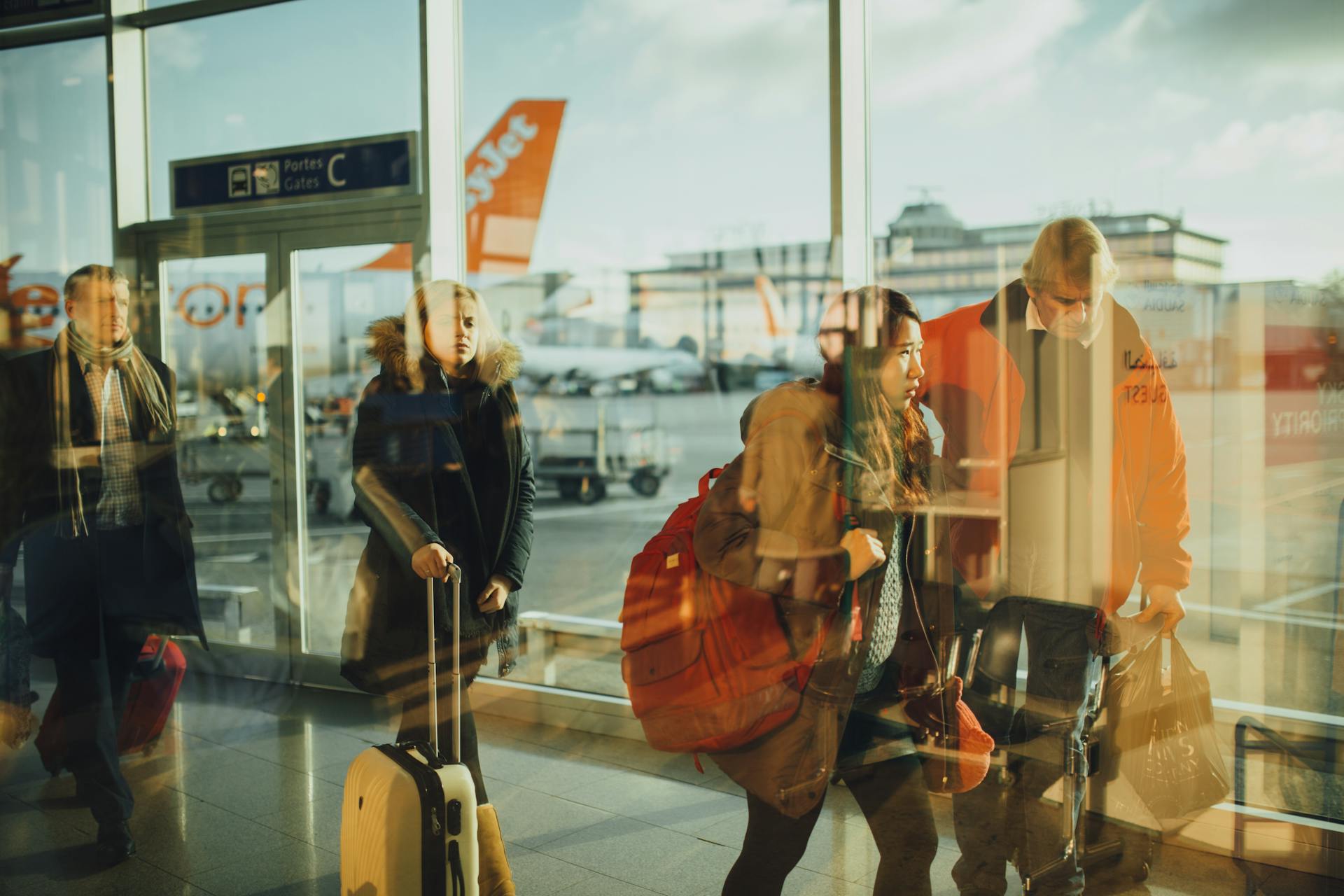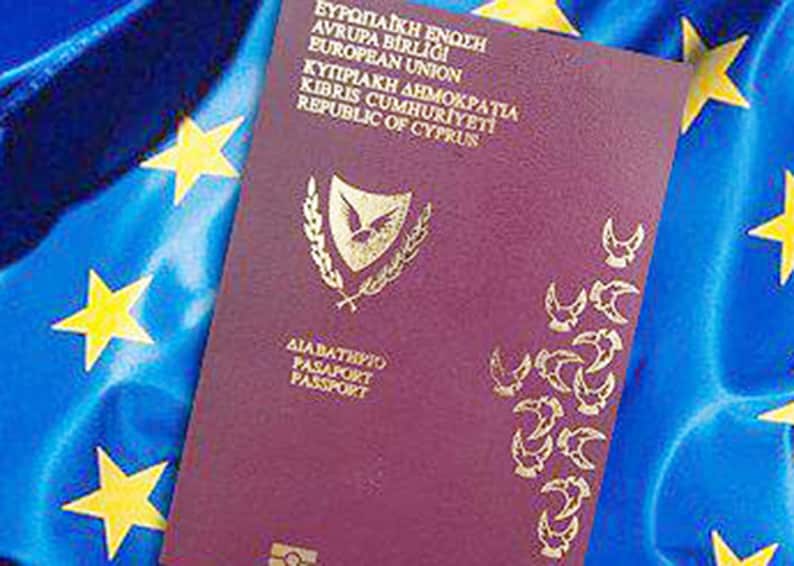A new study by the International Air Transport Association (IATA) has shown that airports can achieve major cost savings and smoother operations by eliminating duplicated infrastructure.
This efficiency, IATA explained, can be achieved by managing both domestic and international departing passengers using biometric digital ID, replacing the need for physical separation barriers.
The report, developed with engineering group AtkinsRéalis, found that digital identity tools can maintain the required segregation of passenger flows while freeing airports from the need to split departures into separate areas.
In the study, Nick Careen, IATA’s Senior Vice President for Operations, Safety and Security, noted that current rules and technological constraints have kept domestic and international flows physically separated, though “that’s no longer the case.”
He said digital ID powered by biometrics can replace duplicated facilities, which he described as “inefficient and costly,” adding that the findings point to better traveller experience, lower costs and full compliance with border-control requirements, “a compelling case for a much-needed modernisation.”
Gareth Vest, UK and I Aviation Market Director at AtkinsRéalis, said the publication of the report is key to understanding how digital identity and biometrics can improve the passenger journey and deliver substantial cost benefits across the aviation sector. He noted that AtkinsRéalis drew on its experience integrating biometrics into airport processes.
According to the study, removing physical barriers would shorten processing times and streamline connections, cutting minimum connection times by nearly 20 per cent.
Shared facilities would also reduce duplicate infrastructure, staffing and utilities. Case studies at major airports pointed to up to an 11 per cent reduction in airport staff costs, while a ground-handling company estimated $5.3 million in annual savings at another large hub.
The report also pointed to more efficient use of terminal space. Allowing both flows to operate in the same area would enable airports to handle more passengers within existing footprints, while consolidation would cut energy use and construction-related emissions. Shared facilities would also give operators more flexibility to handle fluctuating passenger volumes.
Careen noted that the savings “quickly add up,” pointing to a medium-sized airport serving 10 million passengers annually that could avoid as much as $80 million in future capital expenditure, secure significant annual operating savings and reduce its carbon footprint by 18,000 tonnes, the equivalent of removing 4,000 cars from the road for a year.
He said managing passengers with digital ID instead of physical barriers delivers efficiency gains, emissions reductions and “a smoother experience for travelers.”
Implementation, the report added, can begin within existing regulatory frameworks as long as airports, airlines and border authorities coordinate closely. DIPIP sets out three stages, Baseline, Integrated and End-State, with the final stage envisaging a fully digital process in which travellers complete identity and travel checks remotely.
Careen concluded that collaboration among airports, airlines and governments is essential, arguing that working within current frameworks and modernising them progressively can deliver “seamless, secure, and efficient travel for passengers while maintaining the highest standards of safety and compliance.”







Click here to change your cookie preferences